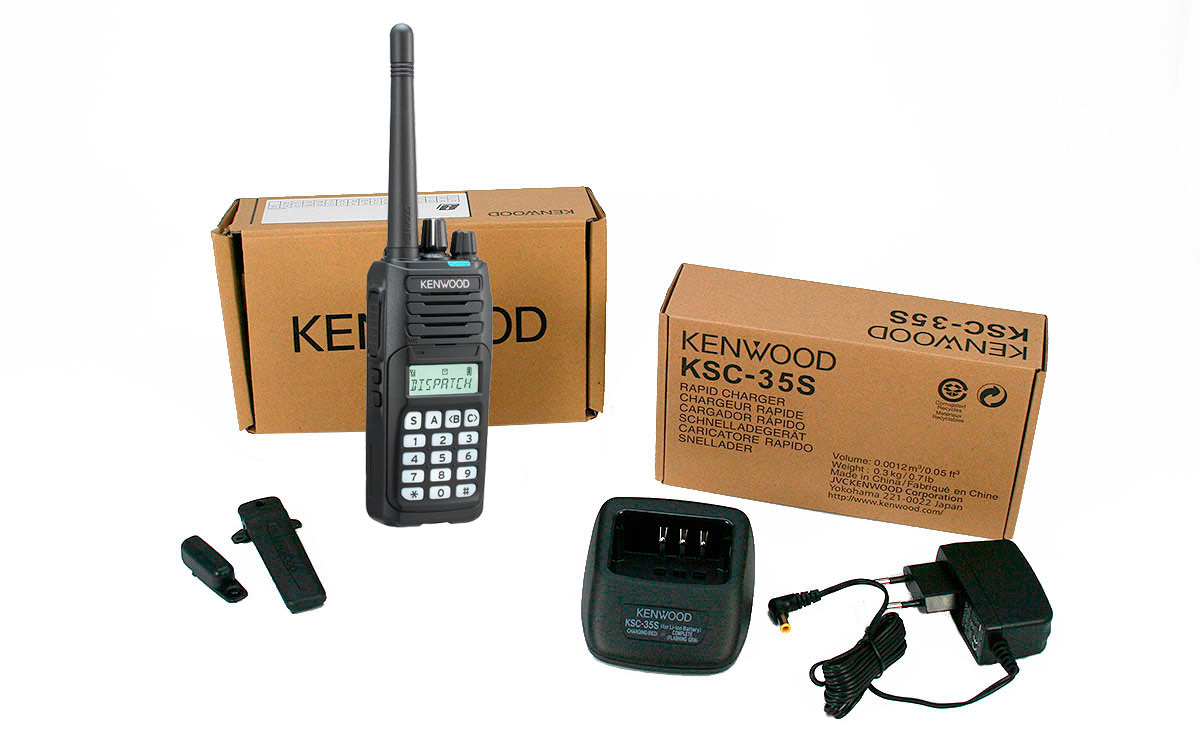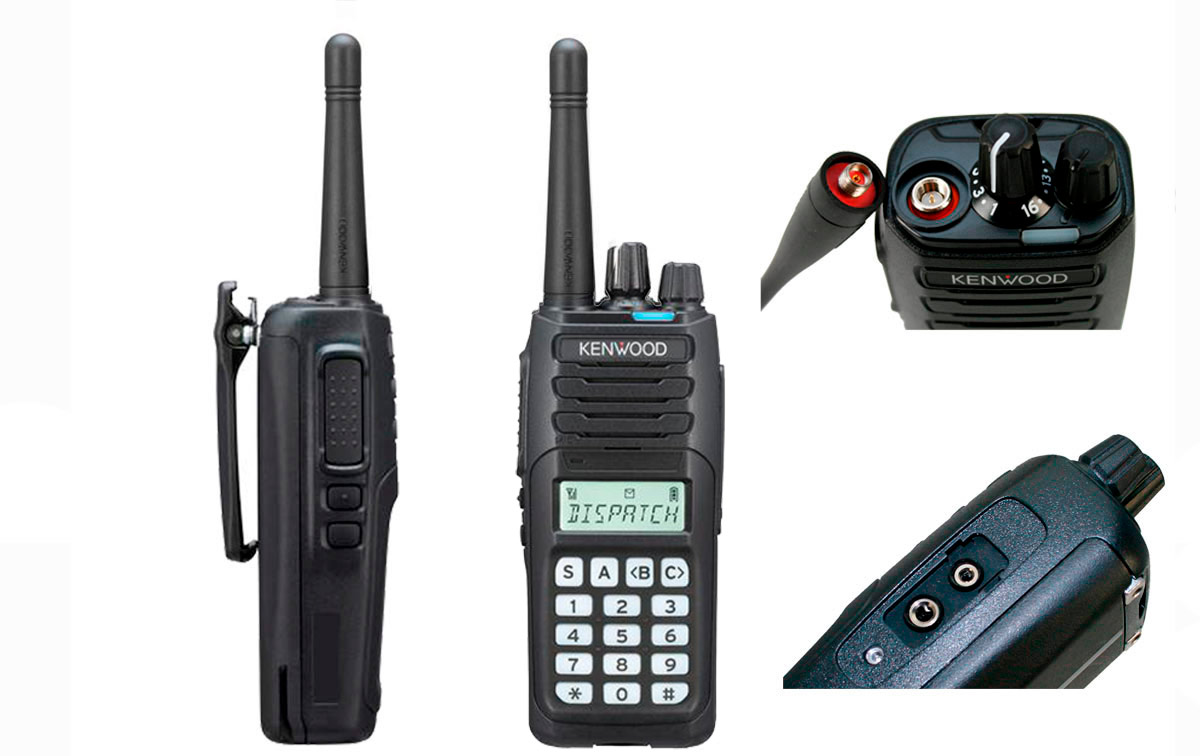
The Kenwood NX-1200NE is a two-way radio transceiver that operates in the VHF frequency band, specifically in the 136-174 MHz range. This device is versatile as it supports both analog and digital communications through Kenwood's NEXEDGE technolo more Manufacturer: kenwood Reference NX1200NE
The Kenwood NX-1200NE is a two-way radio transceiver that operates in the VHF frequency band, specifically in the 136-174 MHz range. This device is versatile as it supports both analog and digital communications through Kenwood's NEXEDGE technology. .
VHF Frequency Band: The frequency range of 136-174 MHz corresponds to the Very High Frequency (VHF) band. This band is suitable for short to medium distance communications and is commonly used in open and rural environments.
NEXEDGE Technology: NEXEDGE is the digital communication technology developed by Kenwood. It provides clear, secure voice communication as well as advanced capabilities such as text messaging and fleet management.
Analog and Digital Mode: The Kenwood NX-1200NE can operate in both analog and digital modes. This provides flexibility to users and allows them to gradually migrate from analog to digital systems if they wish.
Analog Display: Although it supports digital communication, the device can have an analog display that displays basic information such as channel and battery status.
Robustness and Durability: Kenwood equipment is known for its robust and durable construction, making it suitable for use in industrial environments and demanding conditions.
Advanced Connectivity: The NX-1200NE is compatible with a variety of accessories and peripherals to meet users' specific communication needs.
Security: Digital communication, such as that provided by NEXEDGE, often includes advanced security features, such as voice encryption, which protects radio conversations from unauthorized eavesdropping.
The Kenwood NX-1200NE is a versatile tool used in a variety of applications, from industrial and security environments to construction operations and emergency services. The ability to switch between analog and digital modes makes it suitable for those wishing to evolve their communications infrastructure towards digital systems over time.

